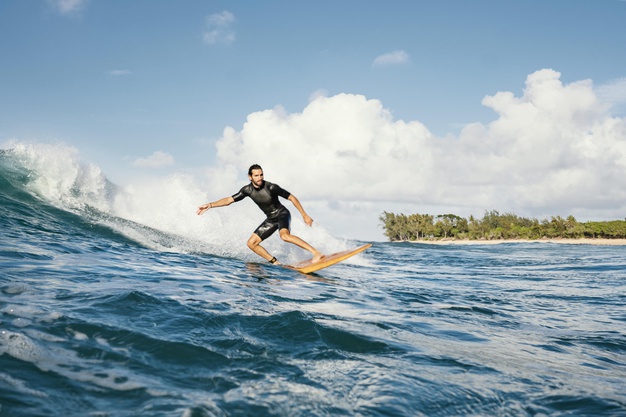
Surfing is a recreational activity that you can find in a lot of vacation beach destinations. If you went surfing before, you’ll know that it is a vigorous sport that takes a lot of energy. Not following the correct surfing techniques can lead to injury. This is why you must get educated on the basics before going surfing. As a surfer, you don’t want to be a beginner only you want to take an extra level, to be an intermediate surfer. At Ombe they will help you fulfill that dreams. The following are 8 things to know before you go surfing for the first time.
1. What Wetsuit to Buy for Surfing?
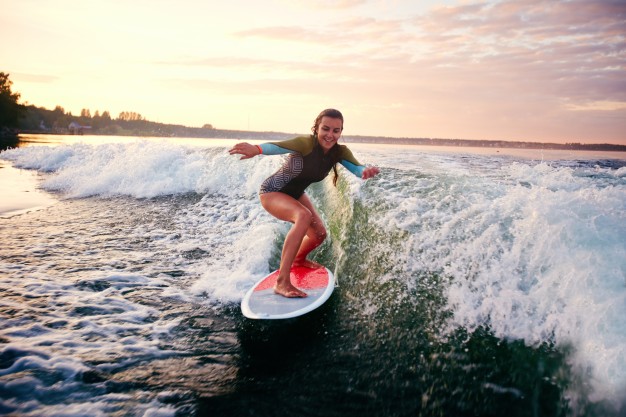
You should check the temperature of the seawater before going swimming. If the water temperature is cold, you should wear a wet suit. The standard wet suit usually has a thickness of around 3 millimeters. You can wear the thicker version which is around 5 mm thick if the water is really cold. It is not needed if the water of the ocean is warm. A wet suit is made from a flexible and light material that is completely waterproof. You can wear a swimming suit beneath. You may want to invest money into buying a wet suit if you are serious about surfing. It is recommended to choose a good brand like Billabong and Bodmin as they are more high quality. Check this site.
2. Do I Need to Know Swimming Before Surfing?
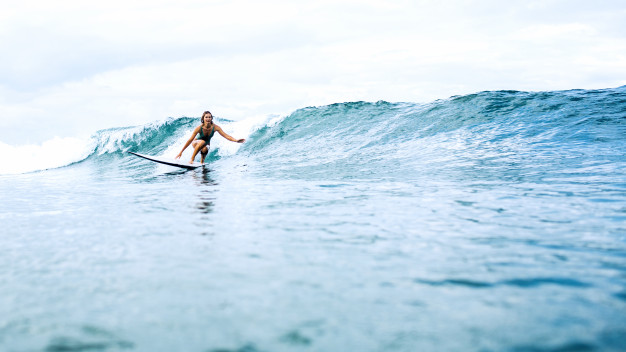
When you are surfing, you will frequently get hit by waves. For this reason, it is important to learn how to swim. If you fall into the water, you’ll know how to swim back to the shore. The surf school usually will require the students to have a certain level of swimming skill. Every participant should be able to swim at least 3 – 4 lengths of a pool. So, before you join the surf school, you should learn how to swim first. It is recommended that you check with the lifeguards on the condition of the sea before going surfing. You probably should not go surfing if there is no lifeguard at the beach.
3. Do I Need to Wear Protection Gear for Surfing
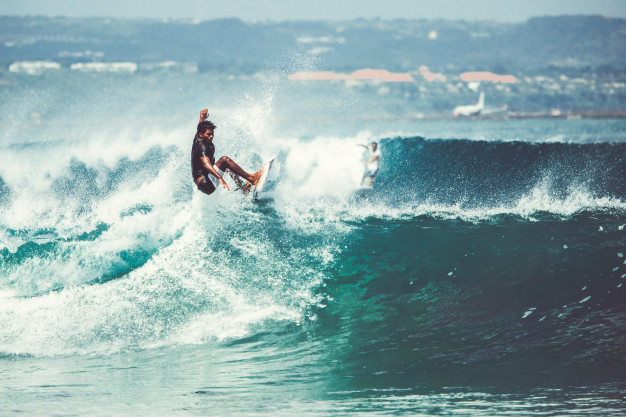
Many people thought that they just need a surfboard for surfing. But, don’t forget surfing is a dangerous sport and you also need protective gear to protect yourself. You can wear a helmet while surfing in the sea. Gath helmet is similar to the helmet for skateboarding and cycling. When the wave wipes you out, your surfboard will get pulled back and you will fall into the water. In this case, the helmet will protect your head from injury when you fall into the water.
Sunscreen is important if you are going surfing under the sun for a long period. The sunscreen must be waterproof since you will be exposing to seawater. Sunburn can cause your skin to be itchy and painful so you will want to wear sunscreen to protect your skin. You may also want to wear inflatable armbands. Inflatable armbands will keep you floating, making it easier for you to swim back to the shore.
4. How Long Will I Be in the Water for the Surfing
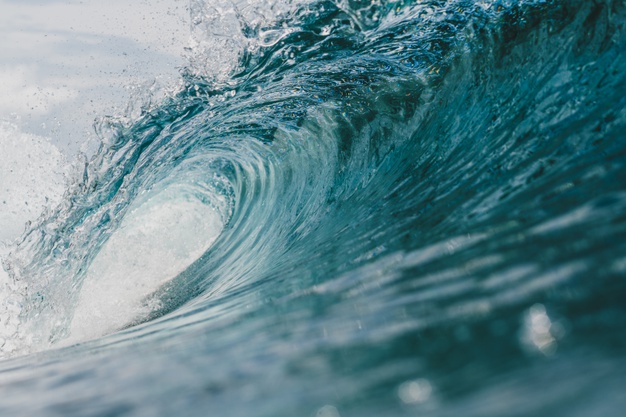
You can expect to spend half your time in the water. For example, the surf class is 3 hours long, expect to send around one and a half hour in the water. In the water, the instructor will teach about the right position on the board. The instructor will provide tips and pointers all the time when you are taking a surfing lesson in the water. Beginners will participate in surfing lessons in seawater that is as high as the waist.
5. Do I Need to Coat My Surfboard with Wax
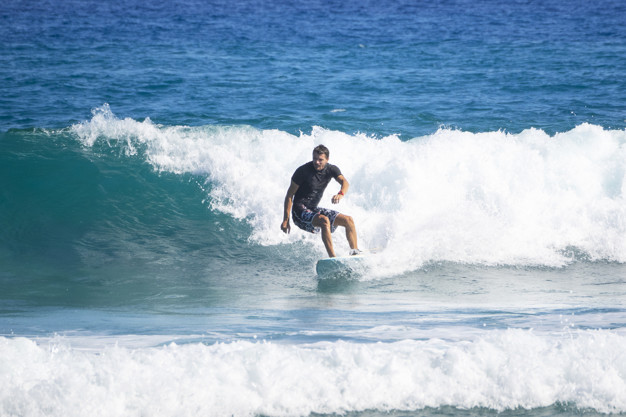
Before you surf, you need to know the importance of waxing your board to protect against slipping. The surfboard surface is constantly exposed by the salty seawater, making it slippery and hard for your feet to grab hold of it while surfing. To reduce the slippery of the surfboard surface, you can apply a coat of surfboard wax. The board already have a basic coat of wax and applying a second layer of wax will strengthen the anti-slippery layer. Properly applying the wax can make a difference in properly riding a wave and being wiped out. The wax can be left on the board for weeks. The wax can melt away or be pushed to other places over time as you use it. You should reapply the wax on your board every 2 – 3 months.
6. What Surfboard to Use for a Beginner?
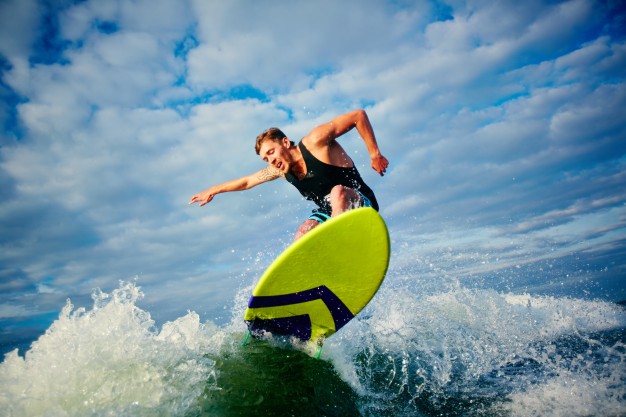
You must know how to choose the right board for your surfing. For beginners, the most suitable surfboard would be the soft top board which is 8-foot long. Longer and wider boards are easier for you to stand and paddle. As your skill improve, you will get to use other types of surfboard. If you join a surf school, they will supply the surfboards. The surf school is equipped with various types of surfboards.
7. What If I Did Not Catch the Wave?
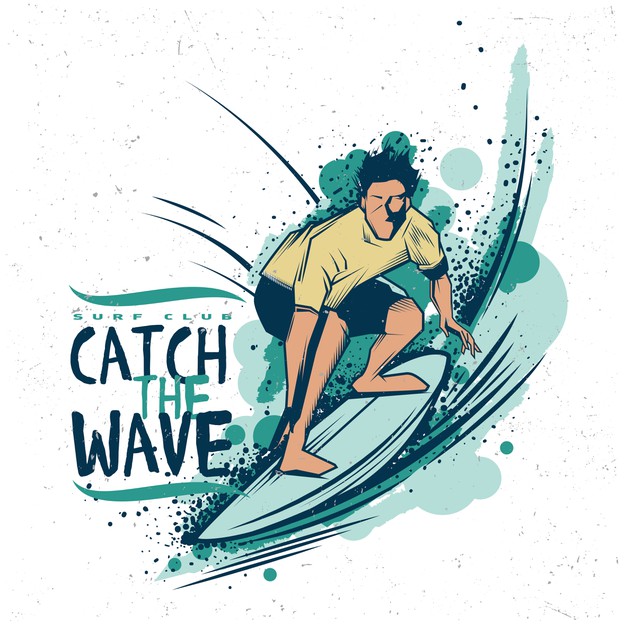
Many people are afraid that they will not catch a single wave once they get into the water. What you need to know is that this is nothing to worry about because the instructor will be helping you. Every wave is different just as the weather around the ocean also changes now and then. You need to practice often if you are to ride like a professional in the wave. You can expect a lot of falling in the water while learning. But, once you get skilled, you will enjoy surfing in the sea.
8. Will I Have Muscle Aches After Surfing

As a beginner, you should know that surfing can cause muscle aches. This usually happens to those who are not used to surfing. Paddling on the surfboard will cause your arm to feel like jello as well as soreness on your hips on the day after. To prevent it you can try with water shoes, which you can find on SwimOutlet. Besides, you also should expect to get rashes on your stomach when you are lying face down on the surfboard. This is due to a reaction to the wax. You can wear a rash guard to protect yourself from the wax. You can apply belly jelly and vaseline after surfing to solve the issue.











